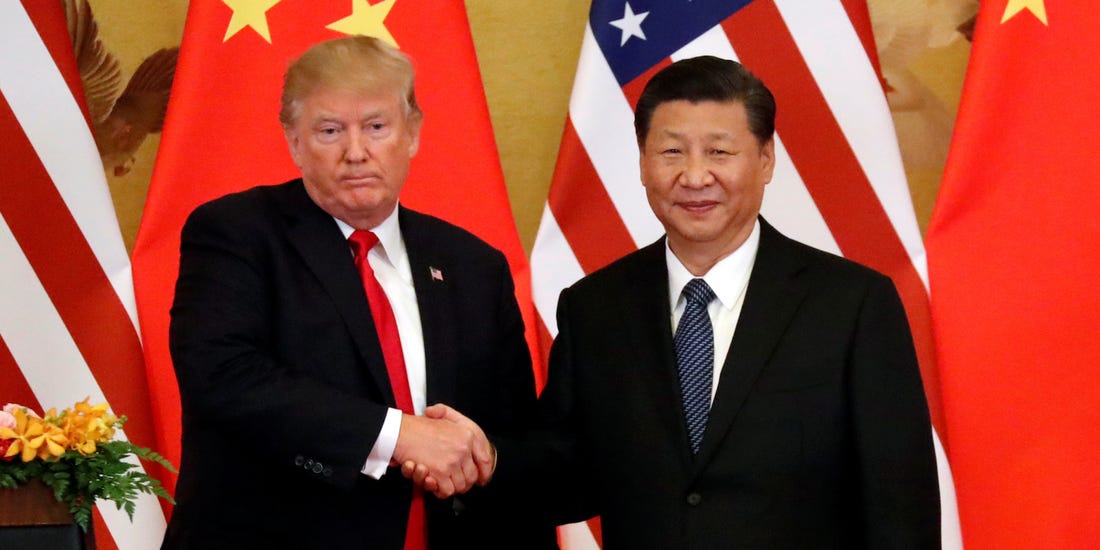A meeting between US President Donald Trump and Chinese President Xi Jinping to sign a long-awaited interim trade deal could be delayed until December as discussions continue over terms and venue, according to a senior official in the Trump administration.
The US official, who spoke on condition of anonymity, told Reuters on Wednesday it was still possible the “phase one” agreement aimed at ending a damaging trade war would not be reached.
Dozens of venues have been suggested for the meeting, which had originally been scheduled to take place on the sidelines of a now-canceled mid-November summit of Asia-Pacific leaders in Chile, the official said.
One possible location is London, where the two leaders could meet after a NATO summit that Trump is due to attend from December 3-4, the official said. “It’s under consideration but nothing decided,” the official said.
A source briefed on the talks told Reuters on Tuesday that Chinese negotiators want Washington to drop 15 percent tariffs on about $125 billion worth of Chinese goods that went into effect on September 1. They are also seeking relief from earlier 25 percent tariffs on about $250 billion of imports from machinery and semiconductors to furniture.
An interim US-China deal is widely expected to include a US pledge to scrap tariffs scheduled for December 15 on about $156 billion worth of Chinese imports.
The United States and China appear keen to de-escalate their conflict, at least temporarily, to avert a recession and boost growth in 2020.
US-Chinese trade contracted again in October, despite optimism about possible progress in trade talks aimed at ending a tariff war that threatens global economic growth.
Chinese imports of US goods fell 14.3% from a year earlier to $9.4 billion, customs data showed Friday. Exports to the United States sank 16.2% to $35.8 billion.
Since early 2018, the United States has pursued a deliberate policy of attempting to hurt China’s economy in response to concerns about the shifting balance of economic power and unfair trade practices.
The narrow, publicly stated goal has been to force China to change its industrial policies, including subsidies, state-directed lending, intellectual property protection and market access.
The broader strategic aim has been to restrain the country’s growth and shore up the current US-led global balance of power.
For many US policymakers, an economic slowdown has been a price worth paying to try to force changes in China’s economic policies and counter the country’s rapid economic rise.
For at least some US policymakers, any truce is designed to buy more time to complete the partial delinking of the US and Chinese economies and reorient global value chains away from China.
For some policymakers in both governments, renewed economic conflict is only a matter of time as the two countries engage in a long-term war of attrition.



